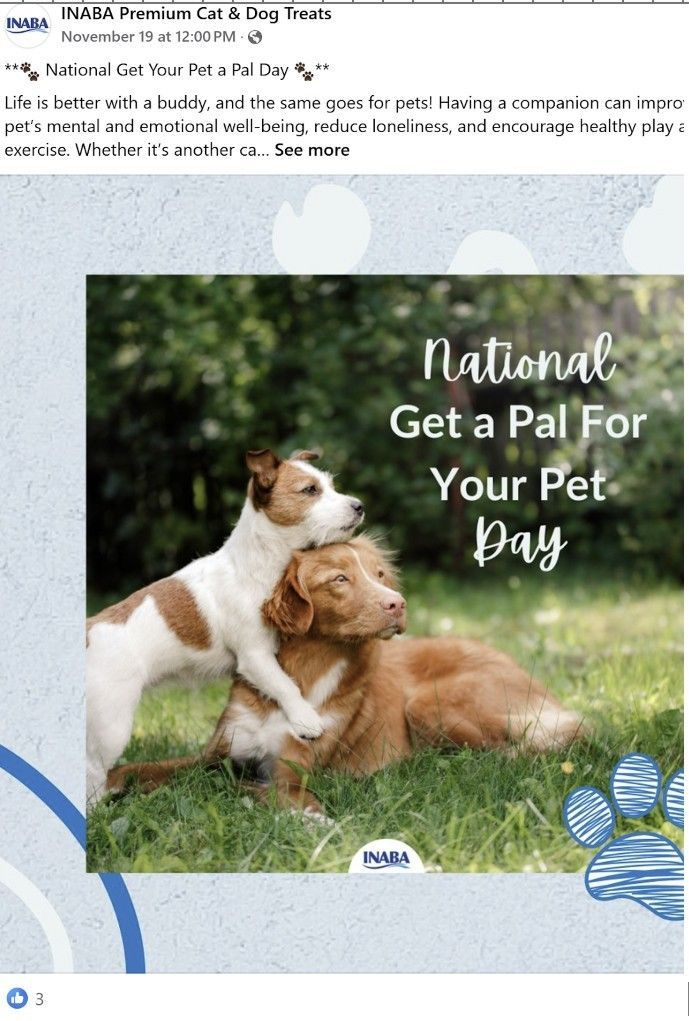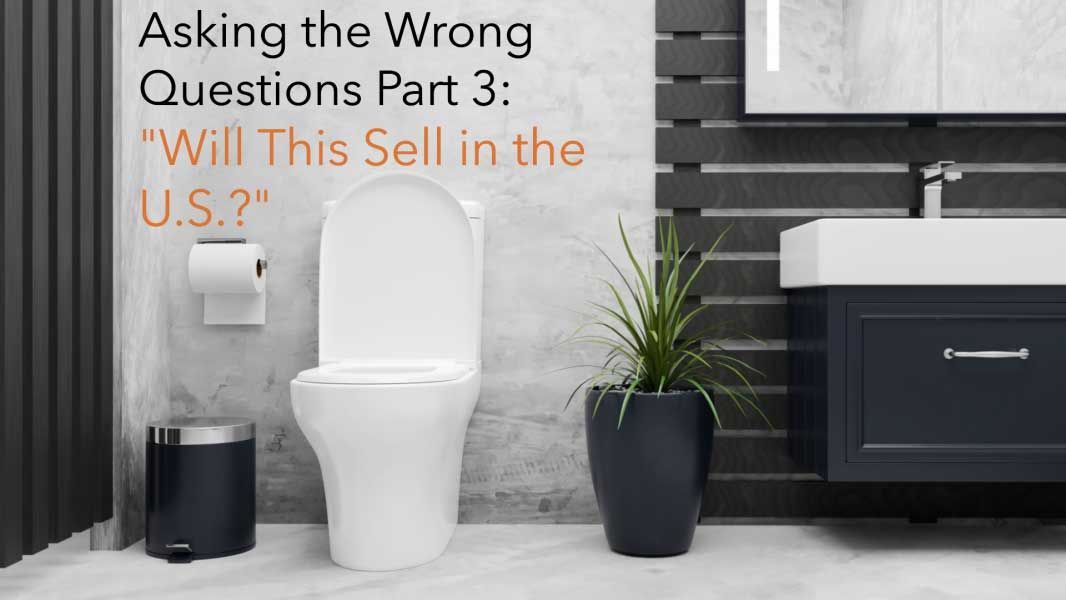Inaba USA: Sometimes You Can Do Everything Wrong (Digitally) and Still Get Business Right
The Power of the Japanese Way
One of the hands-down worst internal digital presences for one of the strongest viral brands in the pet vertical
Being based in Los Angeles, I often notice Japanese brands with local headquarters, especially their online strategies. That’s my business, after all, and many of them eventually came to us when their online presence starts causing serious problems.
One brand that stands out in this space is Inaba USA, the maker of the wildly popular Churu cat treats. If you’ve ever scrolled through a cat lover’s social media, you’ve seen them.
Inaba's Churu is viral, beloved, and imitated by every major pet brand — but consistently rejected by cats who will only settle for the original.
And yet, despite their massive success, Inaba USA has one of the worst digital footprints of any major Japanese brand I’ve ever encountered.
Truly one of the all-time worst.
Shockingly so at times.
They absolutely don't understand or care about digital marketing or standard branding in the U.S. market at all.
I’m not exaggerating. It’s as if they spend nothing on their digital presence—or worse, if they’re actually spending money on it, everyone involved needs to be fired. Immediately. It’s that bad.
Their approach to U.S. marketing seems to be set at a solid negative 15.
It’s so poorly executed that when I first saw their online presence, I assumed Inaba was a tiny, family-run mom and pop business. Imagine my shock when I learned they’re a massively successful multinational enterprise, pulling in hundreds of millions in annual revenue worldwide.
If someone had shown me their digital content and asked, “Can we launch and succeed with JUST this marketing?” I would have confidently said, “There’s a minus five percent chance.”
Here’s why:
Website: 2/10
Their website is, frankly, a disaster.
- Design: It’s a cheap WordPress template site with stock-ish generic photos, minimal information, and no professional polish. Conversely, it doesn’t exude warmth or authenticity like a family-run business might. It’s just… outdated and uninviting. No branding, just nothing at all that says a hundred-million-dollar brand, or a brand that cats love more than anything in the world.
- Objective: Is the goal to attract more retail outlets? It’s not friendly for that. To provide information for end-users? It’s neither very user-friendly nor appealing. It's like they asked an employee with zero experience in web or digital to create "something" online.
- Broken Links:
Their main menus link to pages that simply don’t work. When I was writing this I went to the store locator page and got this.
UPDATE:
Looks like some things are working today, but since it's NOT a 2 man mom and pop show, it's almost unthinkable that this is the face of a brand this big.
(Unthinkable unless you're a Japanese brand in the U.S. market with a ginormous parent company; more about this in this article)

(It appears to be working now but who debugs live??) Japanese MNEs that's who.
- Dead Site Vibes: It feels abandoned. Copyright 2022 in 2025? The only Reason I know it's not abandoned is because they changed the twitter logo to X.

2022 to 2025 *feels* like an instance but it's really not
- Zero Updates: It’s 2025, and their site hasn’t been updated to reflect the year in 3?
- Nonexistent SEO: when I peeped the source code their SEO strategy seems to rely on a cheap WordPress template and an underutilized plugin. Even their basics weren’t done right:
<!-- This site is optimized with the Yoast SEO plugin v23.8 -->
<title>Treats for Cats and Kittens | Inaba Foods</title>
<meta name="description" content="Cats love our Churu treats because of the taste and pet parents love them for the clean ingredients. Check them out today!" />
<link rel="canonical" href="https://inabafoods.com/?page_id=564" />
They could have at least optimized that plugin—but no, they didn't even have the ability or staff for that at that time. UPDATE: Looks like they're working on it live, real-time. 😭😭😭😭
Social Media: 1/10
Their social media presence is even worse:
- Content: Cheesy, generic posts with stock photos and absolutely uninspired captions. It's like it's run by someone who is the intern, not a digital professional.

They could do literally anything, are a viral hit and do this
- Engagement: Almost nonexistent. Posts with just three likes for an international brand? It's not incompetence, it's that they don't care about the whole digital world.
- Value: There’s zero reason to follow their accounts. No authenticity, no creativity, nothing engaging, they're not putting in or getting value from this medium. They're not believers in the new ways.
- Customer Interaction: When I once reached out to ask if they were being pulled from shelves of a local shop because the Inaba shelves were on sale and half empty (my cats would riot without their Churu treats), the response time was so slow it worried me. While I eventually got a personal reply, it didn’t feel like professional brand management once again, unpaid intern vibes.
The Irony of Success
By every digital marketing standard, Inaba USA has done everything wrong.
And yet, Churu treats dominate the U.S. market for lickable cat snacks.
How is this possible?
It’s a testament to the strength of their product and the traditional Japanese approach to business, and a wealthy parent company.
A recipe that like their Churu, is EXTREMELY hard to reproduce successfully and here's why.
The Two Main Approaches to U.S. Market Success
There are two ways to establish and maintain a brand in the U.S.:
1. The Traditional Japanese Way
- Have a superior product.
- Employ a small, low-paid staff with little to no marketing budget.
- Have staff personally introduce the product to shops or retail outlets, giving out samples utilizing a walking-salesperson approach.
- Attend trade shows and do the same.
- Rely on word-of-mouth over years (or decades) to build consumer awareness and loyalty.
- Gradually expand the product line, disseminating new product info the same way.
- Hope for enough brand loyalty to weather retail shifts, such as major chains going out of business.
Merits: Strong industry relationships and reliance on resellers and end users to market the product of their own volition.
Demerits: Extremely slow growth, heavy dependence on retail conditions, and high vulnerability to market changes / competition / alternate branding.
2. The Digital Marketing Way
- Develop a comprehensive digital marketing and branding strategy.
- Build a strong, user-friendly web presence that attracts and converts visitors.
- Engage in online marketing techniques to drive traffic and awareness.
- Foster brand advocates and authentic interactions.
- Create demand directly with consumers, prompting retailers to seek you out.
Merits: Faster market penetration and higher control over brand perception: Your customers come to you.
Demerits: Requires expertise and significant initial investment in skilled marketing
Inaba’s Unique Position
Inaba USA represents a paradox: their digital presence is an unmitigated disaster, but their product quality and traditional Japanese business approach have allowed them to thrive in an intensely competitive market.
Churu and their chicken/tuna fillets remain staples in my household. My cats refuse all imitations, no matter how many competitors try to copy Inaba’s success.
They are a resolutely Japanese company, thriving in a landscape dominated by aggressive American multinationals. It’s an incredible feat, and a reminder that there’s no single way to succeed.
However, if you choose the harder, slower path, you need an unassailable product—one that can’t be copied and outperformed, and the money to keep going until your slow burn catches fire.
Because while cats might refuse fake Churu, the more typical American consumers won’t care whose cute kigurumi they’re wearing, as long as it looks good and is $40 cheaper than their competition. (in other words, how Chinese, Korean and American brands beat Japanese brands in the U.S. market: price-point and speed of delivery.)
INABA FOODS (USA), INC. #churu #digitalmarketing #japanesebusiness #digitalbusiness #traditionalBusinessmethods






